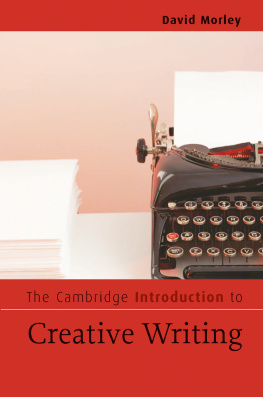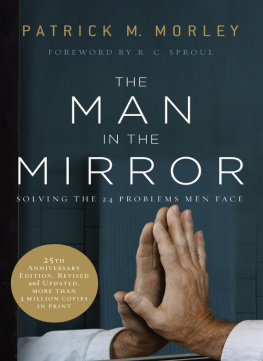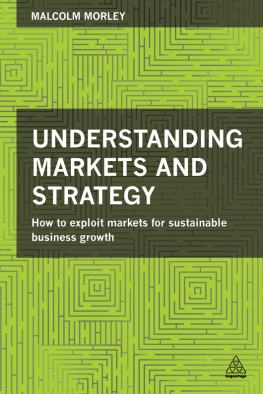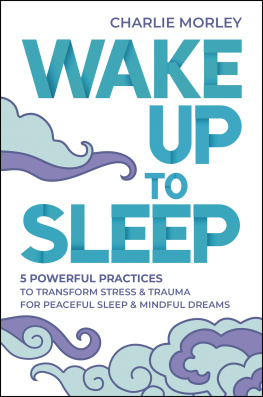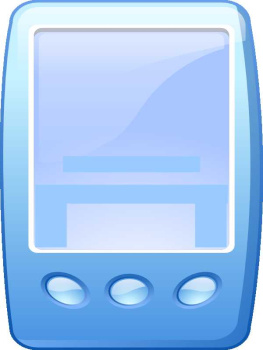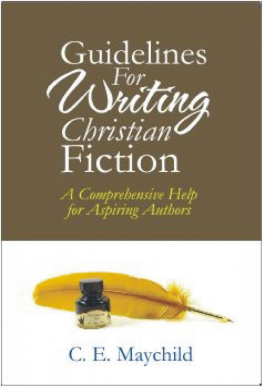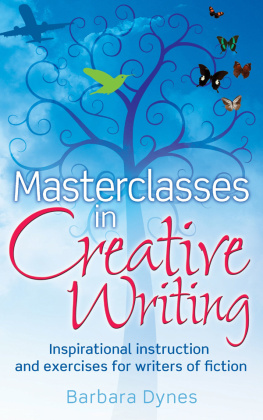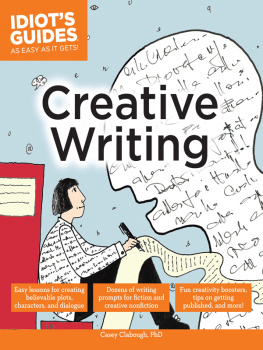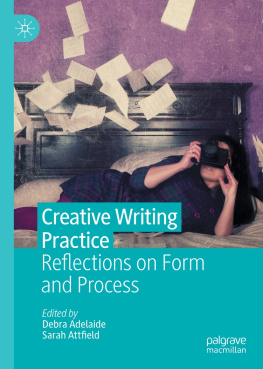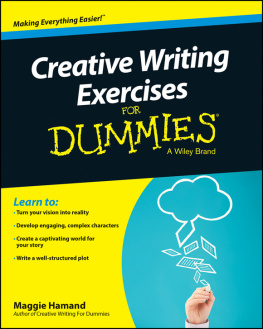The Cambridge Introduction to
Creative Writing
This pioneering book introduces students to the practice and art of creative writing and creative reading. It offers a fresh, distinctive and beautifully written synthesis of the discipline. David Morley discusses where creative writing comes from, the various forms and camouflages it has taken, and why we teach and learn the arts of fiction, poetry and creative nonfiction. He looks at creative writing in performance; as public art, as visual art, as e-literature and as an act of community. As a leading poet, critic and award-winning teacher of the subject, Morley finds new engagements for creative writing in the creative academy and within science. Accessible, entertaining and groundbreaking, The Cambridge Introduction to Creative Writing is not only a useful textbook for students and teachers of writing, but also an inspiring read in its own right. Aspiring authors and teachers of writing will find much to discover and enjoy.
DAVID MORLEY is Associate Professor in English and Director of the Warwick Writing Programme at the University of Warwick.
Cambridge Introductions to Literature
This series is designed to introduce students to key topics and authors. Accessible and lively, these introductions will also appeal to readers who want to broaden their understanding of the books and authors they enjoy.
Ideal for students, teachers, and lecturers
Concise, yet packed with essential information
Key suggestions for further reading
Titles in this series:
Eric Bulson The Cambridge Introduction to James Joyce
John Xiros Cooper The Cambridge Introduction to T. S. Eliot
Kirk Curnutt The Cambridge Introduction to F. Scott Fitzgerald
Janette Dillon The Cambridge Introduction to Early English Theatre
Janette Dillon The Cambridge Introduction to Shakespeares Tragedies
Jane Goldman The Cambridge Introduction to Virginia Woolf
Kevin J. Hayes The Cambridge Introduction to Herman Melville
David Holdeman The Cambridge Introduction to W. B. Yeats
M. Jimmie Killingsworth The Cambridge Introduction to Walt Whitman
Pericles Lewis The Cambridge Introduction to Modernism
Ronan McDonald The Cambridge Introduction to Samuel Beckett
Wendy Martin The Cambridge Introduction to Emily Dickinson
Peter Messent The Cambridge Introduction to Mark Twain
David Morley The Cambridge Introduction to Creative Writing
Ira Nadel The Cambridge Introduction to Ezra Pound
Leland S. Person The Cambridge Introduction to Nathaniel Hawthorne
John Peters The Cambridge Introduction to Joseph Conrad
Sarah Robbins The Cambridge Introduction to Harriet Beecher Stowe
Martin Scofield The Cambridge Introduction to the American Short Story
Emma Smith The Cambridge Introduction to Shakespeare
Peter Thomson The Cambridge Introduction to English Theatre, 16601900
Janet Todd The Cambridge Introduction to Jane Austen
The Cambridge Introduction to
Creative Writing
DAVID MORLEY

CAMBRIDGE UNIVERSITY PRESS
Cambridge, New York, Melbourne, Madrid, Cape Town, Singapore, So Paulo, Delhi, Mexico City
Cambridge University Press
The Edinburgh Building, Cambridge CB2 8RU, UK
Published in the United States of America by Cambridge University Press, New York
www.cambridge.org
Information on this title: www.cambridge.org/9780521838801
David Morley 2007
This publication is in copyright. Subject to statutory exception and to the provisions of relevant collective licensing agreements, no reproduction of any part may take place without the written permission of Cambridge University Press.
First published 2007
9th printing 2013
Printed and bound in the United Kingdom by the MPG Books Group
A catalogue record for this publication is available from the British Library
Library of Congress Cataloguing in Publication data
Morley, David, 1964
The Cambridge introduction to creative writing / David Morley.
p. cm. (Cambridge introductions to literature)
Includes bibliographical references and index.
ISBN-13 978-0-521-83880-1 (hardback)
ISBN-10 0-521-83880-0 (hardback)
ISBN-13 978-0-521-54754-3 (pbk.)
ISBN-10 0-521-54754-7 (pbk.)
1. English language Rhetoric Problems, exercises, etc. 2. Creative writing Problems, exercises, etc. 3. Report writing. I. Title. II. Series.
PE1413.M583 2007
808.042 dc22
2006036851
ISBN 978-0-521-83880-1 Hardback
ISBN 978-0-521-54754-3 Paperback

Cambridge University Press has no responsibility for the persistence or accuracy of URLs for external or third-party internet websites referred to in this publication, and does not guarantee that any content on such websites is, or will remain, accurate or appropriate. Information regarding prices, travel timetables and other factual information given in this work are correct at the time of first printing but Cambridge University Press does not guarantee the accuracy of such information thereafter.

To teachers
several things dovetailed in my mind and at once it struck me, what quality went to form... Achievement especially in Literature & which Shakespeare possessed so enormously I mean Negative Capability, that is when man is capable of being in uncertainties, Mysteries, doubts, without any irritable reaching after fact and reason.
John Keats
When it comes to atoms, language can be used only as in poetry. The poet, too, is not nearly so concerned with describing facts as with creating images.
Niels Bohr
Contents
Preface
The purpose of this book is to introduce readers to the practice of creative writing. Equally, the purpose of this book is to introduce writers to the practice of creative reading. Writing and reading share an interdependent orbit around the open space of language.
This double helix of reading and writing makes you more alert to your potential as a reader and writer of yourself, of other people and of other writers. It also creates a discipline in your life that makes these acts of attention a way of life. It is then vital you learn to work alone and beyond your potential writers and readers alike work beyond their own intelligence.
As this is an introduction to a discipline, we discuss where creative writing comes from, the various forms and camouflages it has taken and why we teach and learn it. I do not present you with an anatomy of the various histories of creative writing in higher education; there are fine examples available in print (Dawson, 2005; Myers, 1995).
The first five chapters explore principles and procedures of creative writing that apply generally to the writing and techniques of fiction, creative nonfiction, poetry and, to some extent, drama. Guests to this party include reading, criticism, vocation, influence, reflection, experience, play, publishing, editing, language, translation, imitation, experiment, design, form, quality, discipline, notebooks, working habits, fieldwork, composition, incubation, planning, fluency, finishing, rewriting, deadlines, precision, confidence, practice, audience, voice and selves. We look at the meaning and sound of language; the different states of mind we use for writing; the workshop in its various guises and disguises; and the enemies and allies of creativity. I also explore the characteristics of mind by which we might develop writerly stamina.
Next page
